No time? At least look at the intro video:
And a demo of one of the sensors, the gyroscope:
https://twitter.com/XasinTheSystem/status/1453095741501620230
Or a demo of the tap and twist input methods!
https://twitter.com/XasinTheSystem/status/1455661802298150916
And a little debate timer, a first practical use case:
https://twitter.com/XasinTheSystem/status/1460379972506423305
But what even is this?
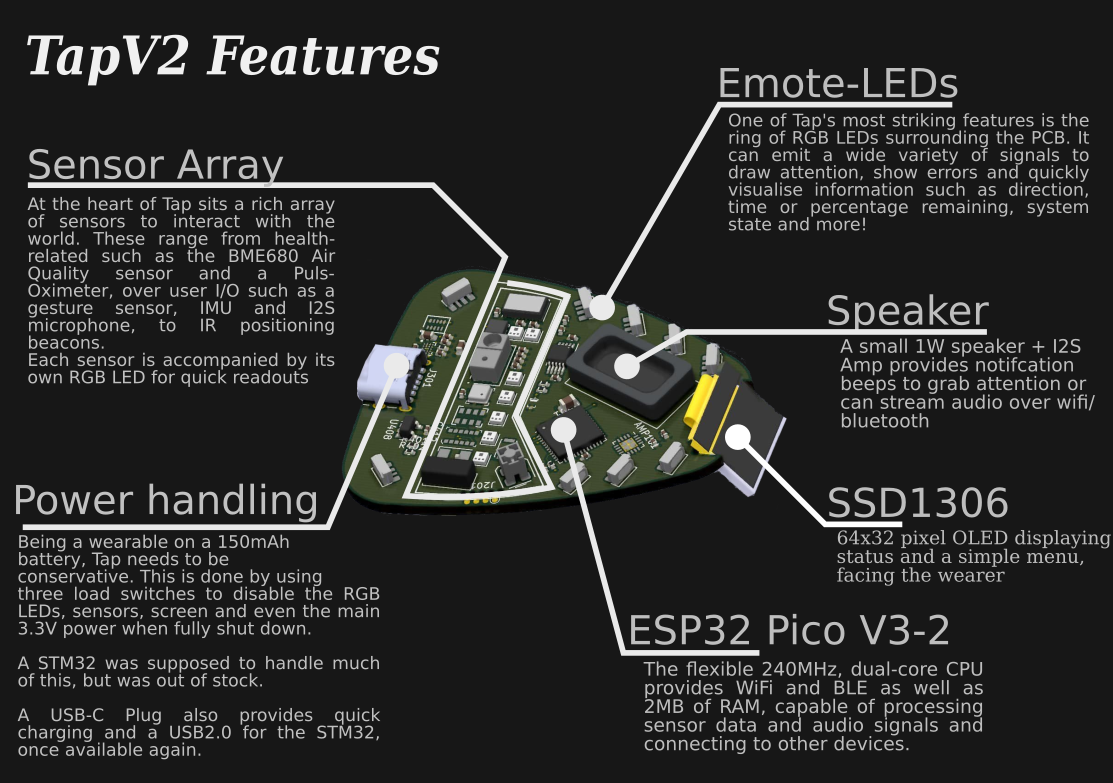
And a casing:
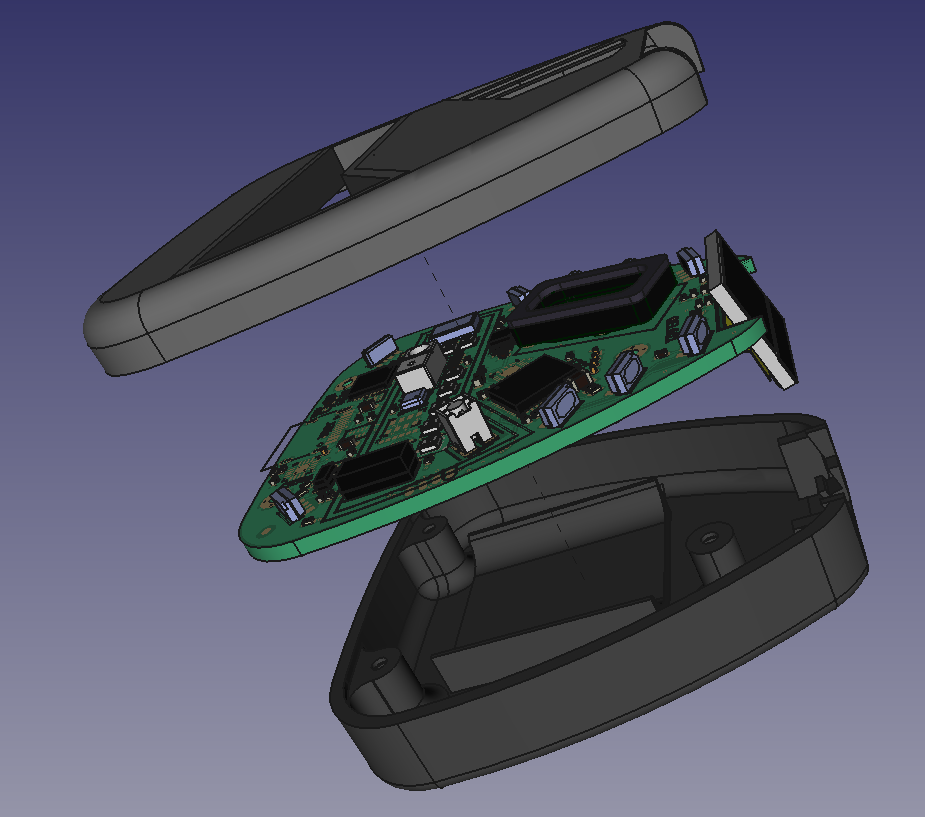
 Xasin
Xasin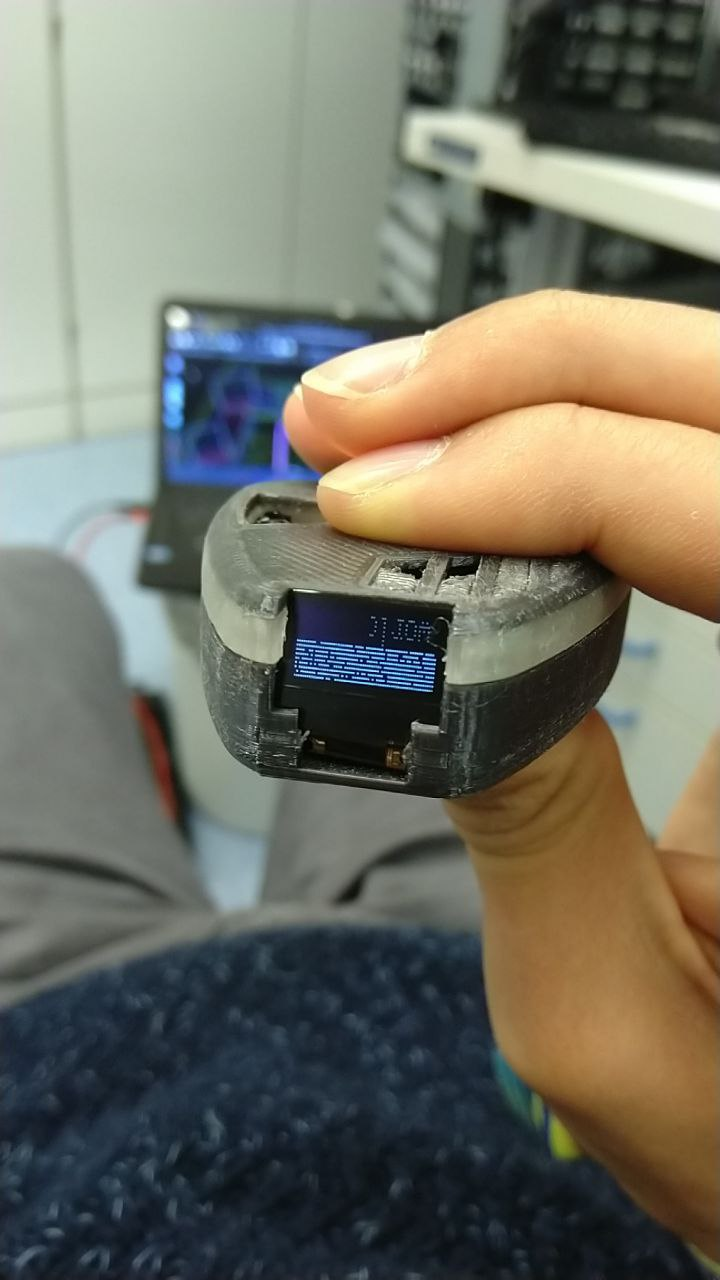
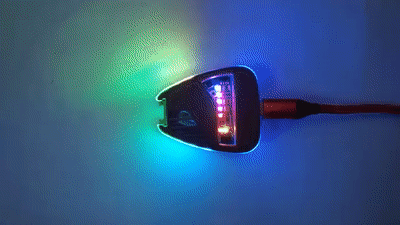
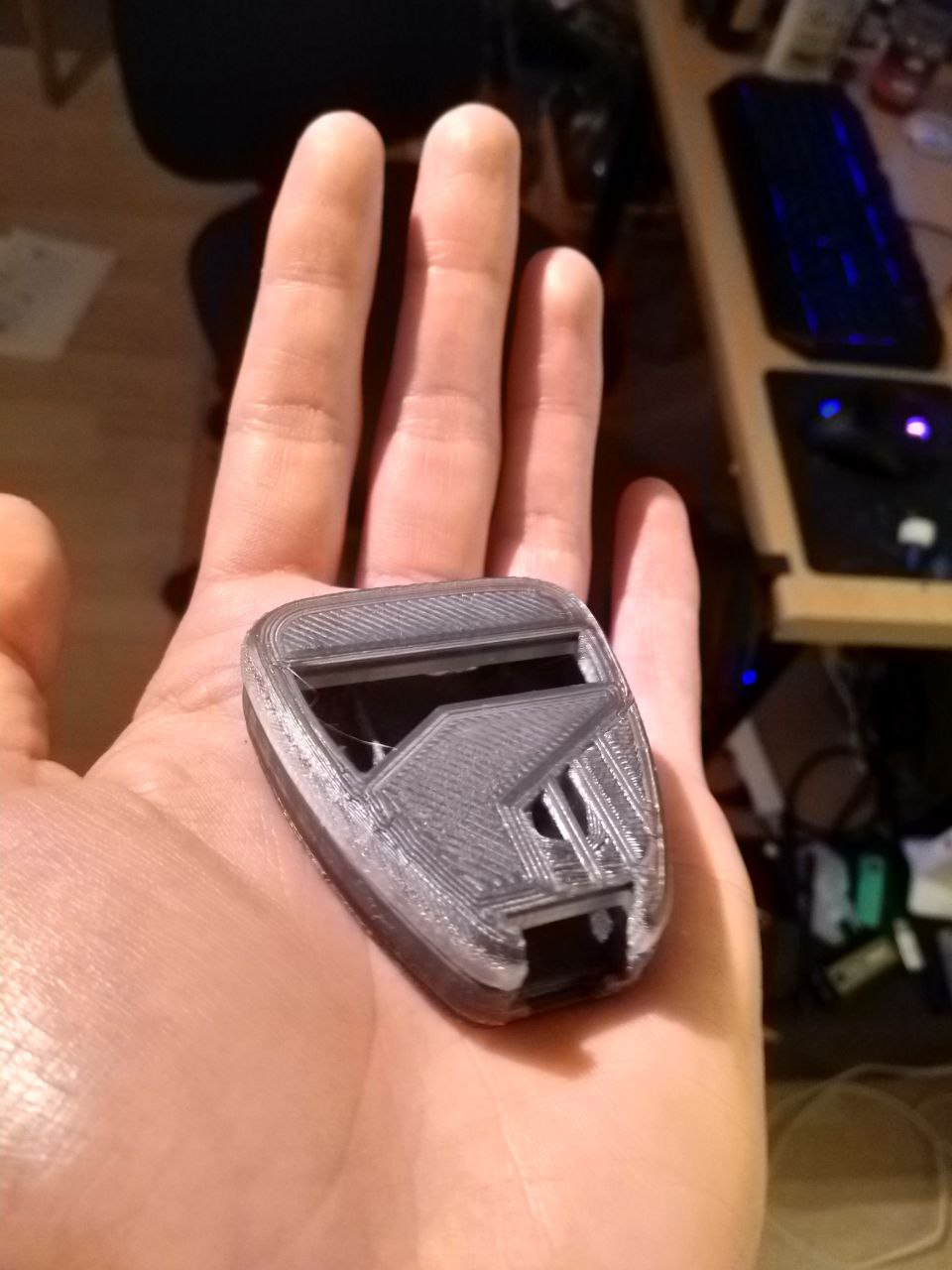
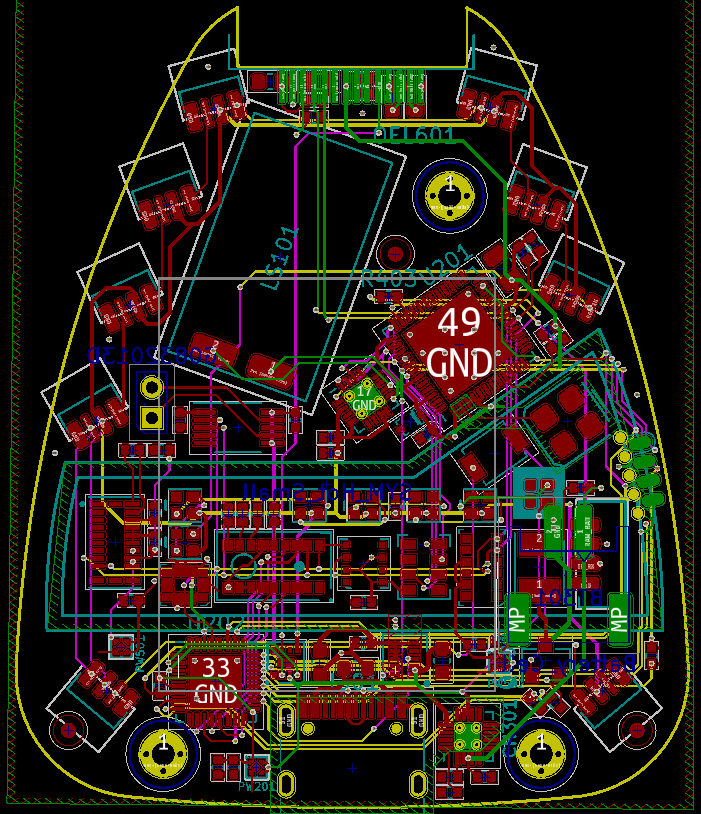
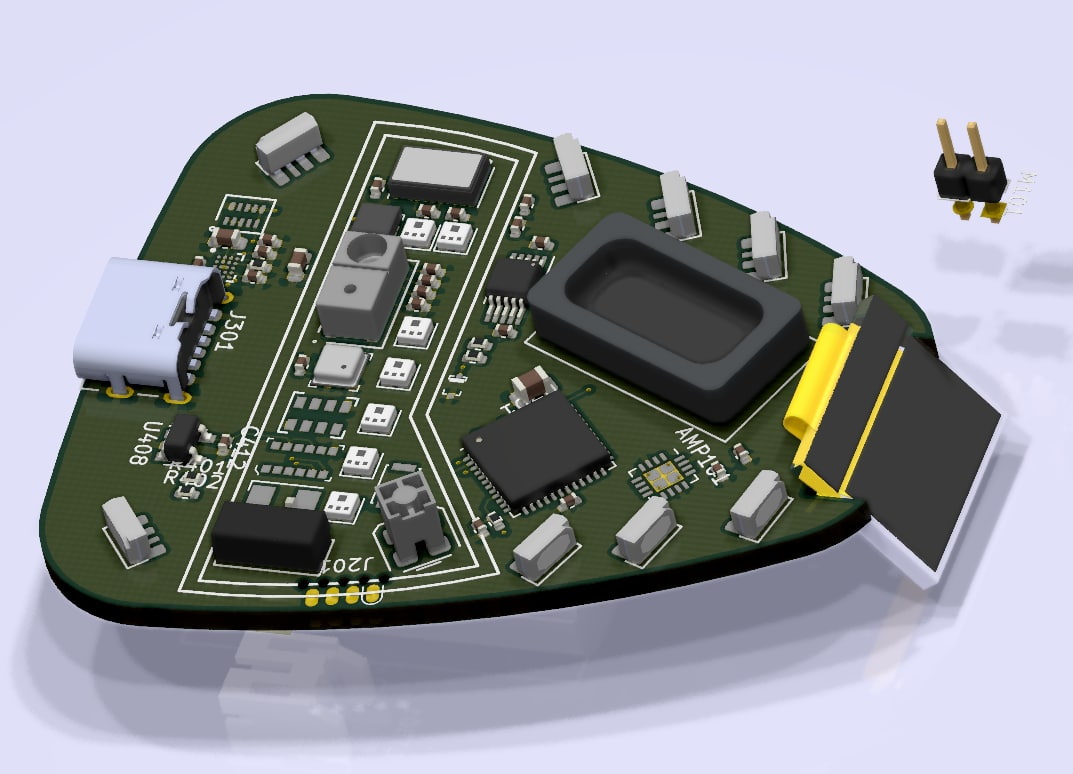
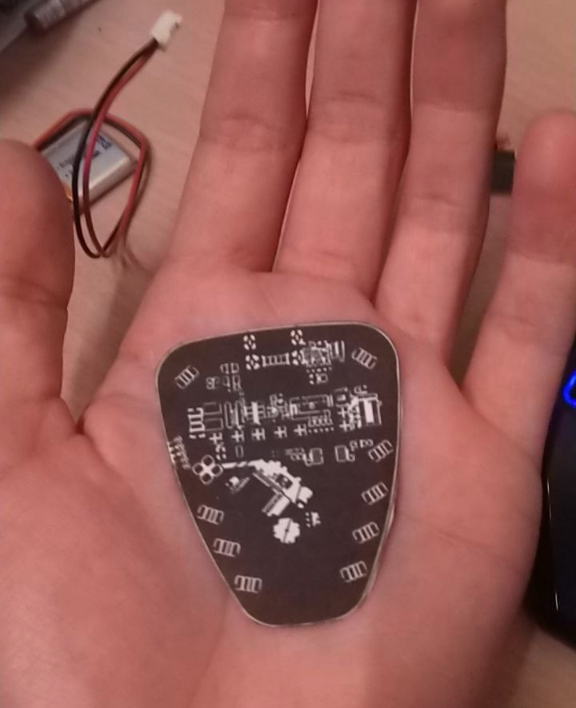
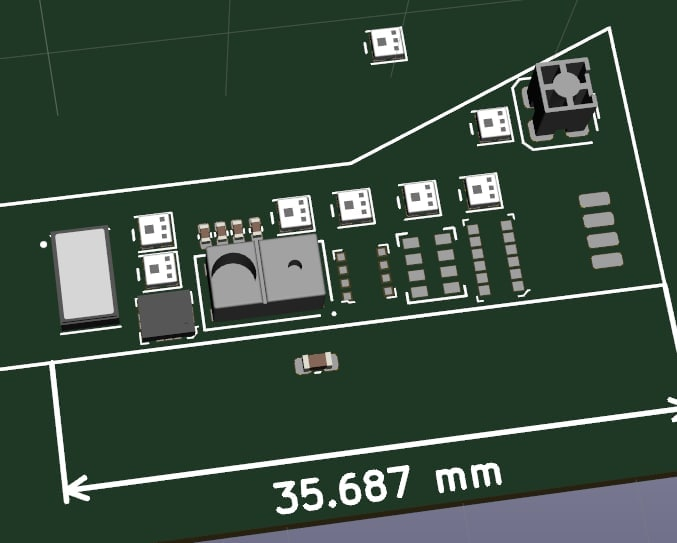


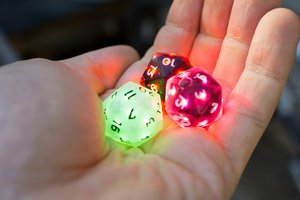
 Jean Simonet
Jean Simonet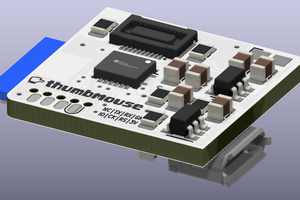
 Matias N.
Matias N.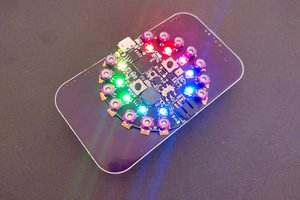
 deʃhipu
deʃhipu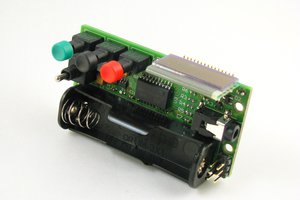
Phenomenal design, very ambitious. Shame that component shortages are slowing things down, but very excited to see the project progress farther.